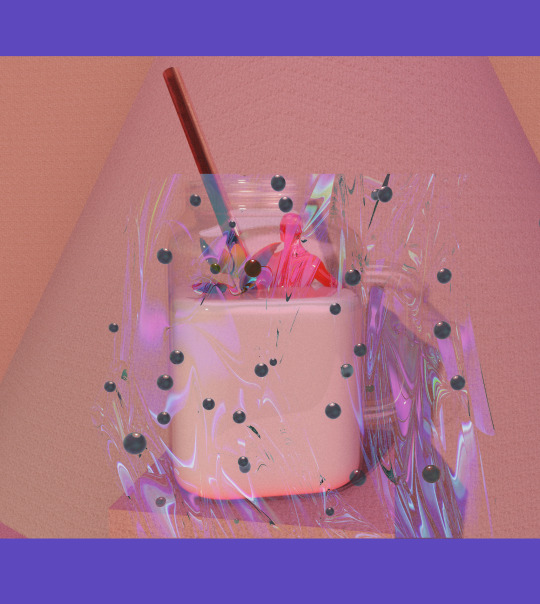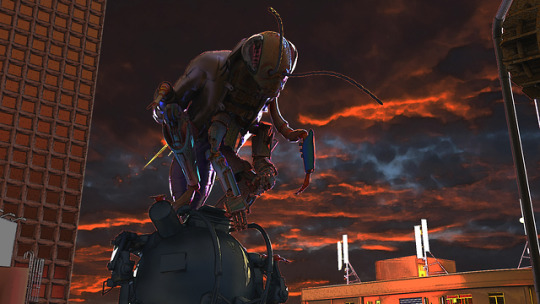Text
Response to The Nature of The Beast
In this book, the author compares the human-computer interaction with the theater, and thinks that both the graphic designer and the theatrical scene designer aim at creating representations of world that are like reality only different. This idea makes sense, especially considering this kind of interaction should provide the audience with an immersive feel like the theater, so the audience becomes part of the experience. When the author talks about the word ''user'', his attitude of avoiding to use it implies his point of view of the relationship between humans and technology, which should not might might so that the particular interaction between the two would be ignored
Others would object to comparing the interface to the theater because the theater has too much subjective emotions and uncertainty. However, a dramatic approach are not necessarily fuzzy or imprecise in its ability to produce results. It is potentially capable of supporting both serious and nonserious activities. The interactions we have with computers are actually the representations of tools and activities and are beyond the real tools, since the computers create imaginary worlds where we can enrich our own capacities to think and feel.
The book's comparison of art and engineering also updates my original perception. Engineers design software from logic, while artists focus on vision. According to Heckel in the book, the better approach is rooted in vision. Just like in a theater, technology and artistic performance must be combined to achieve the goal. However, the technical aspects will be unaware to the audiences, and the performance would be front and center. And in the process, the artist can always break the engineer's practical method to produce breakthrough content. For example, for film effects, although its technology is subversive, what really makes it popular is that it delivers dramatic performances.
0 notes
Text
Artist Statement
My work intertwines themes of society, technology, and human within this context. It involves animation, video, and mixtures of two and three-dimensional elements with various interdisciplinary components.
As an digital artist, I believe digital technology should be a media rather than a goal. Thus, I create with a belief that this technology will break the barriers among people of different cultures, bring us together to look at the issues of our society in a new sight, and also providing us with more possibilities to create, speculate and experiment. The nature of information age and consumer culture also makes me rethink the importance of entertainment to us, which is an indispensable segment of our society and can coexist with many other social related problems that we want to reflect on.and incorporate it as one main feature of my work as it is the trending mass media. At the same time, I am also interested in the topics of the relationship between human and technology, and as technology progress, the problems our society encounter in terms of culture and identity. Thus, the images of industrialization, Internet, and mechanism will be frequently seen in my work.
I also seek to explore more possibilities of animation and 3D art, especially in a way that mixture the 2D and 3D, which I think will add more variations and visual appearance to the art work. I want to utilize these technologies in medias such as poster and video, or any media that could be easily disseminated through the Internet, since I believe the easy access to mass viewers and the ability to reproduce and distribute with no loss is very important in the information age.
I hope by exploring these ideas I can better present the viewers with some unique insight into the issues of our society in a deep but still interesting way.
0 notes
Text
Artist: Yung-Hsien Chen
Mechanical is a very important part in Yung-Hsien Chen's works. Having the strong interests for structurally linked operations of gears, escapements and hairsprings, the artists continues this interest in exploring the mechanical structures embedded in other fields. From the manipulation of computer systems, the techniques of interactive installations to the interlocked structures of storytelling, the idea of logic and precision play a big role in Chen's creation. Through the contextualization of space and time, Chen reinterprets the relationship between human and machines/computers. Also, from the oriental perspective, he incorporates the cultural and ritual elements as well as the social and civilized concerns.
0 notes
Text
Artist Statement
My work intertwines themes of society, technology, and human within this context. It involves animation, video, and mixtures of two and three-dimensional elements with various interdisciplinary components.
I create with a belief that entertainment will be one main feature of my work as it is in the trending mass media. In an era of consumer culture, I believe the nature of entertainment can coexist with many other social related problems that we want to reflect on, and it is a fact that our enjoyment is an indispensable segment of that criteria.
I believe digital technology should be a media rather than a goal. As a mean, this technology will break the barriers among people of different cultures and beliefs, bring us together to look at the issues of our society in a new sight, and also providing us with more possibilities to create, speculate and experiment. For me, I am more interested in the topics of the relationship between human and technology, and as technology progress, the problems our society encounter in terms of culture and identity. Thus, the images of industrialization, Internet, and mechanism will be frequently seen in my work.
I also seek to explore more possibilities of animation and 3D art, especially in a way that mixture the 2D and 3D, which I think will add more variations and visual appearance to the art work. I want to utilize these technologies in medias such as poster and video, or any media that could be easily disseminated through the Internet, since I believe the easy access to mass viewers and the ability to reproduce and distribute with no loss is very important in the information age.
I hope by exploring these ideas I can better present the viewers with some unique insight into the issues of our society in a deep but still interesting way.
0 notes
Text
Response to Digital Art
In this essay, Christian Paul talks about the digital technologies as a tool for the creation of art objects and their aesthetic impact. To illustrate the function as a tool, Paul presents the use of a few key examples, including digital imaging and sculpture.
Morphing is one technique of digital imaging that could transform one image of object into others. One similar example mentioned in the article is Face Codes, which are selections from several hundred video portraits. Initially, it is created in an aesthetic way to address the definition of beauty, however, it is now widely used by law-enforcement agencies now. In this case, we can see how the area of art merges and contributes to the other aspects of our society.
The manipulation of images also lead to a phenomenon of image-driven consumer culture, meaning that the digital processing provides more possibilities with branding. In my perspective, I think contemporary consumer culture is more and more expressed by images. Like this culture itself is built upon the ability to fabricate and distribute images, it is a very powerful tool to access mass audience.
The function of digital technology changes contemporary art in the way the elements composite and collage, the unprecedented level of manipulation. As the technology keeps growing mature and more fancy, the distinction between traditional art and digital art begin to blur. This is an inevitable trend, the digital art will progress just as the technology do, and at that time, the artists will use digital technology more as a media or a concept rather than a tool.
Three questions:
1.In the case of digital technology as a tool, how does digital art mix with other disciplines(science, for example)?
2.Since the digital technology provides more possibility to manipulate the images, how does it affect the image culture in the information age?
3.How does digital technology affect the way the artists create, especially when it gives them almost infinite opportunities to revise.
0 notes
Text
Anti-Apathy
DIY Cup ramen noodels at Cup Noodles Museum


Bubble tea economy in China

Fast consumption and over packaging
0 notes
Text
Response to Nick Pedersen’s Lecture
As a photographer and digital artist, what Nick Pedersen brings us is incomparable visual feast. This is the first time that I get to be familiar with the style of photomontage. It is interesting to see how he chose the sources of his images, many of which are cities that have the perfect style of urban decay, animals that are from zoos, the wild, or the museums, and characters that are photographed in the studio. More importantly, the ability to combine all different elements together in a harmony way is amazing. As Pedersen said, each image might take 50 or more photographs to present the final effects, which is a complex process of dealing with lighting, shadow and color but would also takes tedious hard working.
As for the theme in Pedersen’s work, it largely reminds me of the topic of anti-apathy. The same with our reading about the whistleblowers. The point is we need to care about what is happening around us in this world, especially since human beings lag in response to the phenomenon that happen slowly. Even though paying the consequences won’t happen until years and decades later, the impact will never east its steps to come.
In Pederson’s work, his idea is the current world might not last forever, thus, there are the images of future people mythologizing the old world by performing rituals and hypothetical future where nature has reclaimed modern civilization. His exquisite technique and photographic belivability make the idea so powerful that it creates a time, a place, and a space for people to believe in the setting even it doesn’t exist. And I think the arts in the form like this will be a great way to arouse people’s consciousness, since compared with science or technology, arts will reach out to people’s emotions more easily.
0 notes
Text
Cut & Paste Iteration 02
Serviced apartment

(1) Excessive urban centralization
(2) Massively repetitive design
(3) Residential housing problem
Sources:
(1) 3D Model
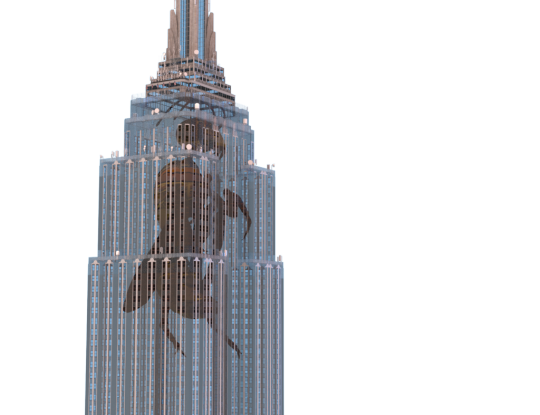
(2) Residences Serviced Apartment Flyer Design

(3) CAD Blueprint of Apartments
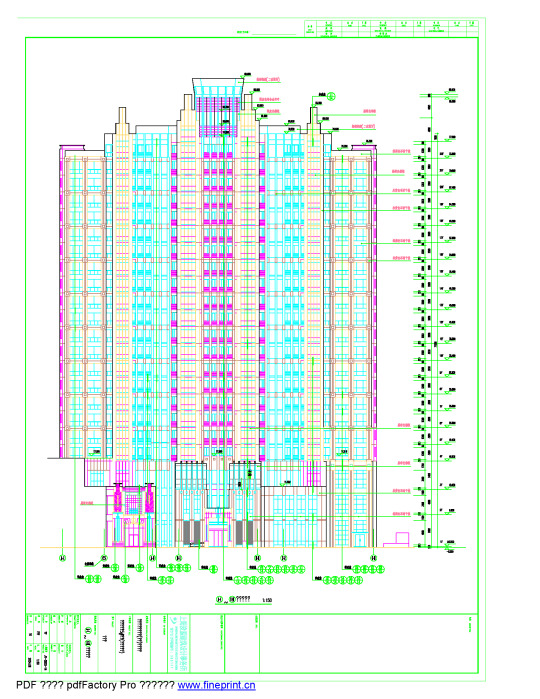
0 notes
Text
Comments on What Good is Political Art in Times like These
https://drive.google.com/open?id=1PJhOvJLOXQdyDNzkm-Kpj_cOqoD4JuNR
0 notes
Text
Viewing Response to Mrinalini Mukherjee Exhibition
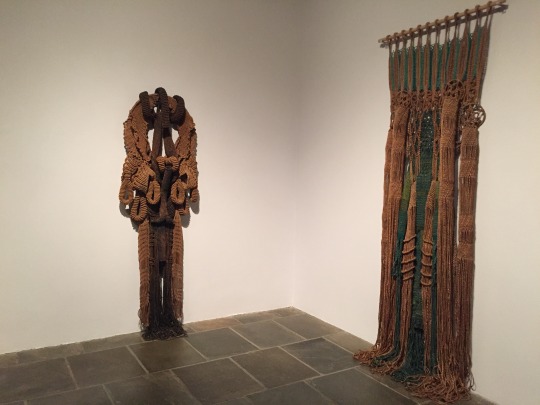
Just standing there still, these sculptures are already like real human, but their fiber materials and abstract shapes keeps reminding the viewers that these sculptures that look like doing meditation are not human. As the name of the exhibition indicates, it is better to say that these sculptures are highly abstract concepts that arise from nature and are a outpouring of emotion from nature.
Although Mukherjee 's work is easily reminiscent of beliefs or figures in some religions, she strongly denied these misunderstandings. She did get the inspiration from indian mythology and traditional iconography she observed at temples and shrines, but she asserted that her work doesn’t represent any particular religious belief or gods or goddesses.
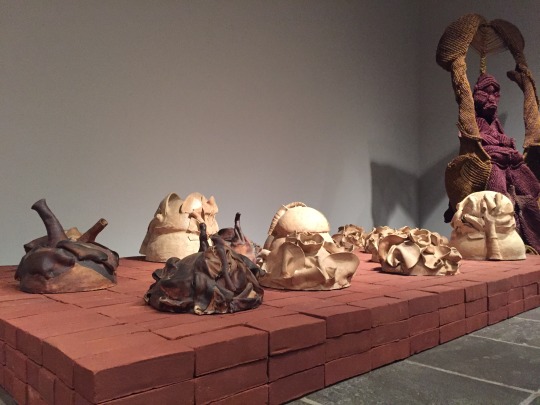
In Mukherjee’s 's sculptures, natural features are combined with human elements. For example, in the work Lotus Pond, we can see where it should have been petals are somehow replaced my the blood vessels or mouth like parts.
It Is also interesting thinking about Mukherjee’s choice of materials. She created massively with fiber at the beginning. The usage of fiber seems like a personal also natural choice for her, since she was brought up in picturesque foothills and landscape.
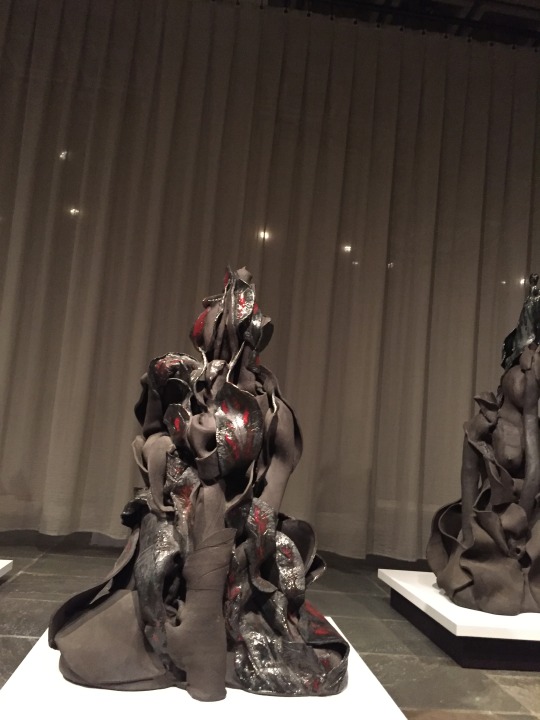
In the latter half of her career, she started to use ceramic and bronze instead of fiber due to some limitations. The changes in her performance techniques brought about by the transformation of the material are also intriguing. In the series of works Night Bloom, she used ceramic to recreate her the humanoid sculptures. Different from the early fiber works, ceramic materials give Mukherjee different possibilities of color and structural load, and she also added a more obvious metaphor of human organs in this series.
0 notes
Text
Comments on Stacy Kranitz’s work
In my opinion, there are three main reasons why Kranitz’s works offend so many people.
So when one of the comments says these photos look more like artistic works than saying about Appalachia, this clearly points out the first reason-- this photo collection’s category is ambiguous.
Since the title of the collection is “Life in Appalachia”, apparently people would expect to see some real captures of their daily life in this collection. And that would be more of traditional photographs instead of art, which is an act of self-expression and experiment.
Though Kranitz stated that she had tried to emerge into local lives and demystify the stereotypes, any improper touches to the artistic expression will drag her away from people’s expectations--the objective documentary.
Not to mention this photography collection is of sensitive theme, relating to people living in relatively marginal areas.
Artists are free to express their own opinions, but they should also be responsible to concern about what impacts their works will bring about, especially when they have more public influence.
However, that influences seem not to be only of their own control... Other sources say that Kranitz had no idea about how CNN only chose the images that confirmed stereotypes of the region, and CNN had wrongly claimed these as “the everyday lives of appalachian people”. She felt totally humiliated about it.
1 note
·
View note
Text
Week 01 Appropriation
Just as the nature of creativity begins with imitation, appropriation is a natural product from this process.
At the same time, appropriation is the same as imitation. In the process of imitating predecessors' styles or borrowing predecessors' works of art and elements, different arrangements and creators' thinking will bring new meaning to the works. After all, we can never create something out of nothing.
In the area of video arts, video clips from different resources are reconstructed together to tell the director's own story , that is F For Fake. With the fascinating editing skills, the structure of this movie. The movie throws out what is the question of art. The principle of making movie clips and collages is itself an example of this problem. The audience can't even see the true and false switching of the scenes in the movie, but what can really distinguish the difference between great works of art and counterfeits?
Although it is also produced by video clips, unlike Orsen Welles's film, Marco Brambilla’s work, Civilization, could be named as a new art form called video collage.
The whole work shows a journey from hell to heaven. Since all the material in the video comes from other videos that are out of the box, the artist can build a huge picture without having to start from scratch.
However, the creative process of video collage is also full of hardships. In the interview, the creators expressed that the attempt of this art form was predecessor, so they could not learn from the experience of the predecessors and encountered considerable technical problems.
As a product of the appropriation, although the above two works were borrowed from the creative materials, the final works have completely separated from their origins and have been given new meaning.
In contrast, other works of appropriation are more controversial. Or at least from the sensory point of view, the characteristics of its origins are also significantly retained.
For example, the kind of art created by Duchamp, readymades, that is, the common items selected only by the artist has been given a special artistic meaning. Even today, people often come to controversy because a work is plagiarized or borrowed. Whether this kind of appropriation works is a great attempt or a poor imitation, has aroused even greater controversy. However, the influencing factors of the final conclusion may be difficult to avoid the creator's own reputation.
For example, when the Fountain by Duchamp was firstly submitted for the exhibition of the Society of Independent Artists, this work was suppressed by the board members, most of whom did not know Duchamp had submitted it.
In this regard, the artist Sturtevant is also controversial because of its inexact repetitions of other artists’ works. Some people criticize her on the grounds of copying, even faking art, but in fact she did something very near in appearance to an original she left a distinguishing signature of some kind
This kind of public's lack of understanding and criticism of art is actually more common in China. On social media such as Sina, many paint and design art creators are always questioned by netizens about the originality of their creations. The degree of reference is too large, and such doubts often reach excessive levels. For art creators to learn from freshism, or to learn from the speed of creation, it will be considered plagiarism. It can be seen that the concept of "appropriation" is accepted by the public and there is still a considerable distance.
Miao Ying's work, Chinternet, was created with Chinese Internet giant Baidu as a material. I think its selection and meaning are closely related to China's Internet environment. Due to the special policy of the Chinese Internet environment, Google, YouTube, etc. are blocked in China. As an alternative, China has produced its own search engine Baidu. Chinese netizens are very keen on voicing the domestic "firewall" policy, and they are also dissatisfied with the search engine Baidu under this policy protection. However, just like the "Stockholm" law, people use Baidu, despite their dissatisfaction, they are coming. The more difficult it is to leave the tools for these tubes.
0 notes
